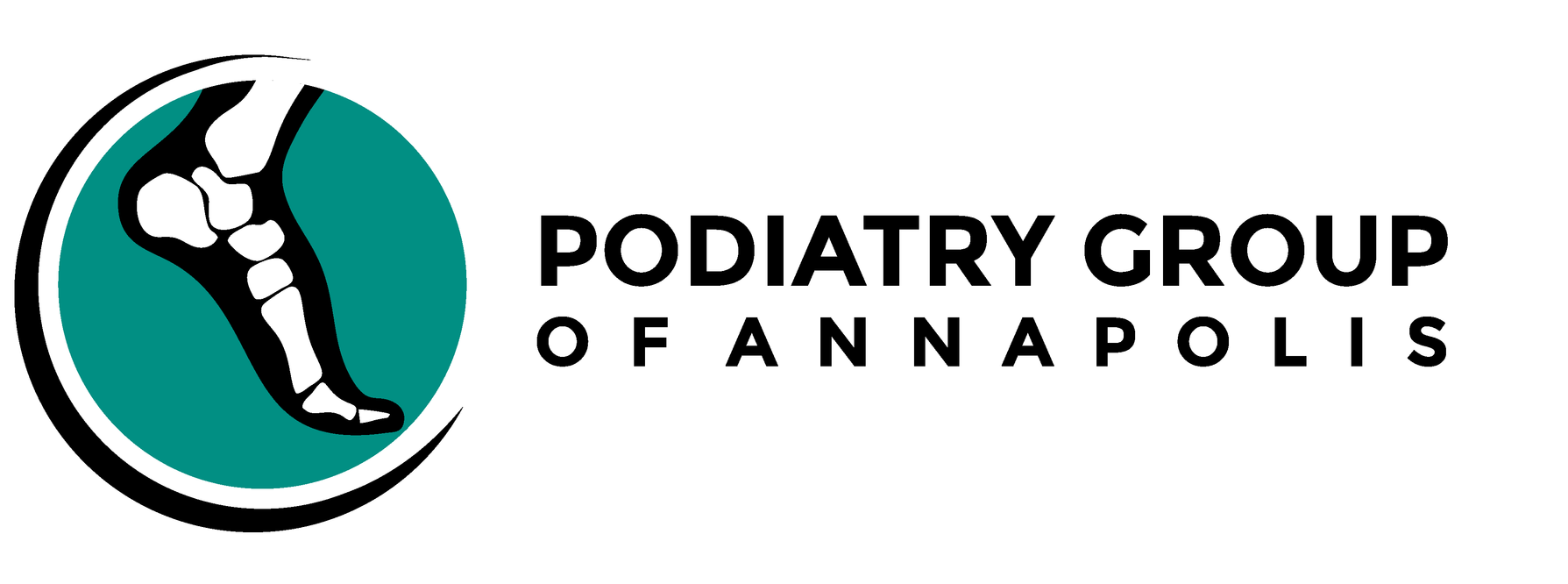Relief for Your Corns and Calluses Can Be Found at Your Podiatrist’s Office
Every week, your foot doctor provides care to patients with a wide variety of needs ranging from injuries that require surgery to illnesses including diabetes and peripheral arterial disease (PAD). Of course, podiatrists also treat men, women, and children with more mundane concerns such as toenail fungus, ingrown toenails and plantar warts. Can you guess what brings more people to the podiatrist’s office than any other complaint? Corns and calluses.
Corns are hard, thickened areas of skin on the foot. There are three different kinds that you might notice, each typically looking different from one another and appearing in a different area on the foot:
- A hard corn is a small patch of thickened, dead skin with a small, dense plug of skin in the center on the top of the foot or side of the toe.
- Soft corns have thinner surfaces and more smooth centers than hard corns. They are usually whitish and rubbery in appearance and grow between the toes.
- Seed corns are tender clusters of tiny corns on the soles of the feet. They are believed to be the result of blocked sweat glands.
There are other less common types of corns that you might not notice but your podiatrist can spot and diagnose as part of an examination. These include subungual corns that form beneath a nail, fibrous corns, neurovascular corns, and Durlacher’s corns, which are also known as Lister corns.
A callus is also a hard patch of dead skin, but it is different from a corn. Calluses develop as a result of friction and they can be found anywhere on your body. On your feet, calluses are typically found on the sole, on or near the ball of your foot. These are called plantar calluses.
Never attempt to remove your corn or callus on your own. Doing so puts your foot health at risk. You can easily cause greater problems, including infection. At-home remedies that you find on the internet and over-the-counter corn and callus removal pads containing any sort of acid are to be avoided completely. These can also cause complications, especially for patients with compromised immune systems or other chronic health conditions. Instead, you should make an appointment with your podiatrist at the first signs of a corn or callus. Your foot doctor will bring his or her years of education and experience into the exam room, beginning with a thorough inspection of your feet, and will then determine whether the source of your discomfort is, in fact, a corn or callus. If so, he or she will remove it as efficiently and painlessly as possible using modern, state of the art technology.
Do you have a hard, painful spot of skin on your foot? Click here or call Podiatry Group of Annapolis, P.A. today at 410-224-4448 to schedule an appointment in our convenient and comfortable office in Annapolis, Maryland on Solomons Island Road. Dr. James M. McKee will examine your feet, diagnose your condition, and work with you to create a unique and effective solution.

